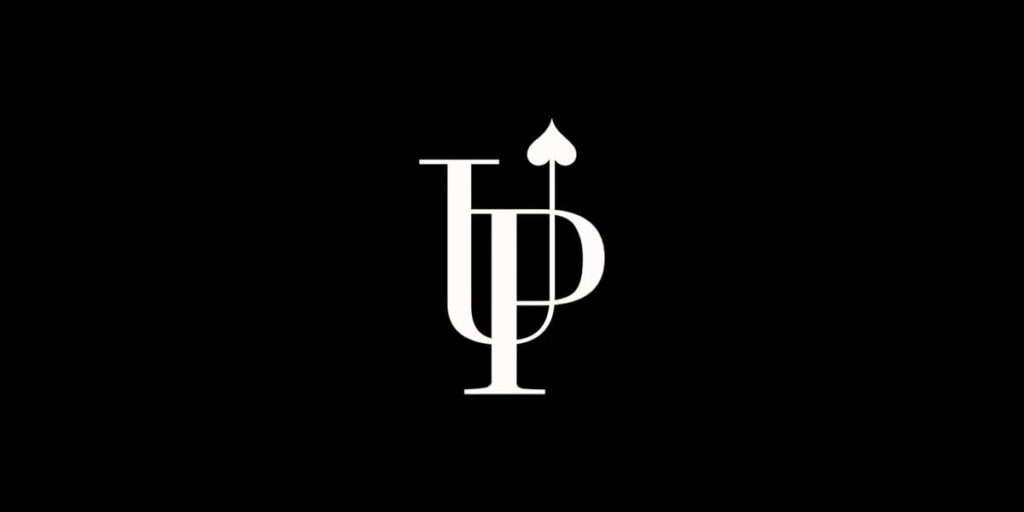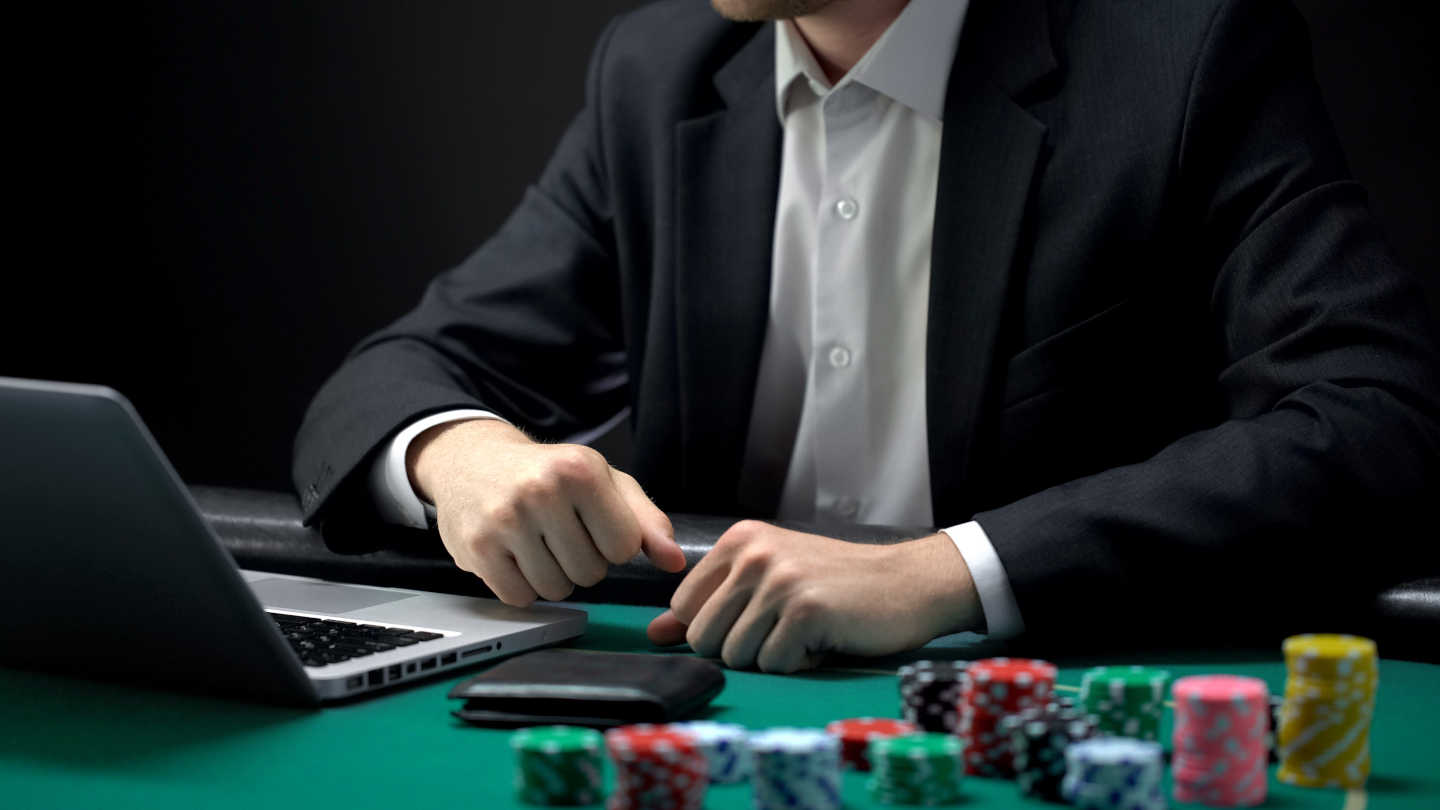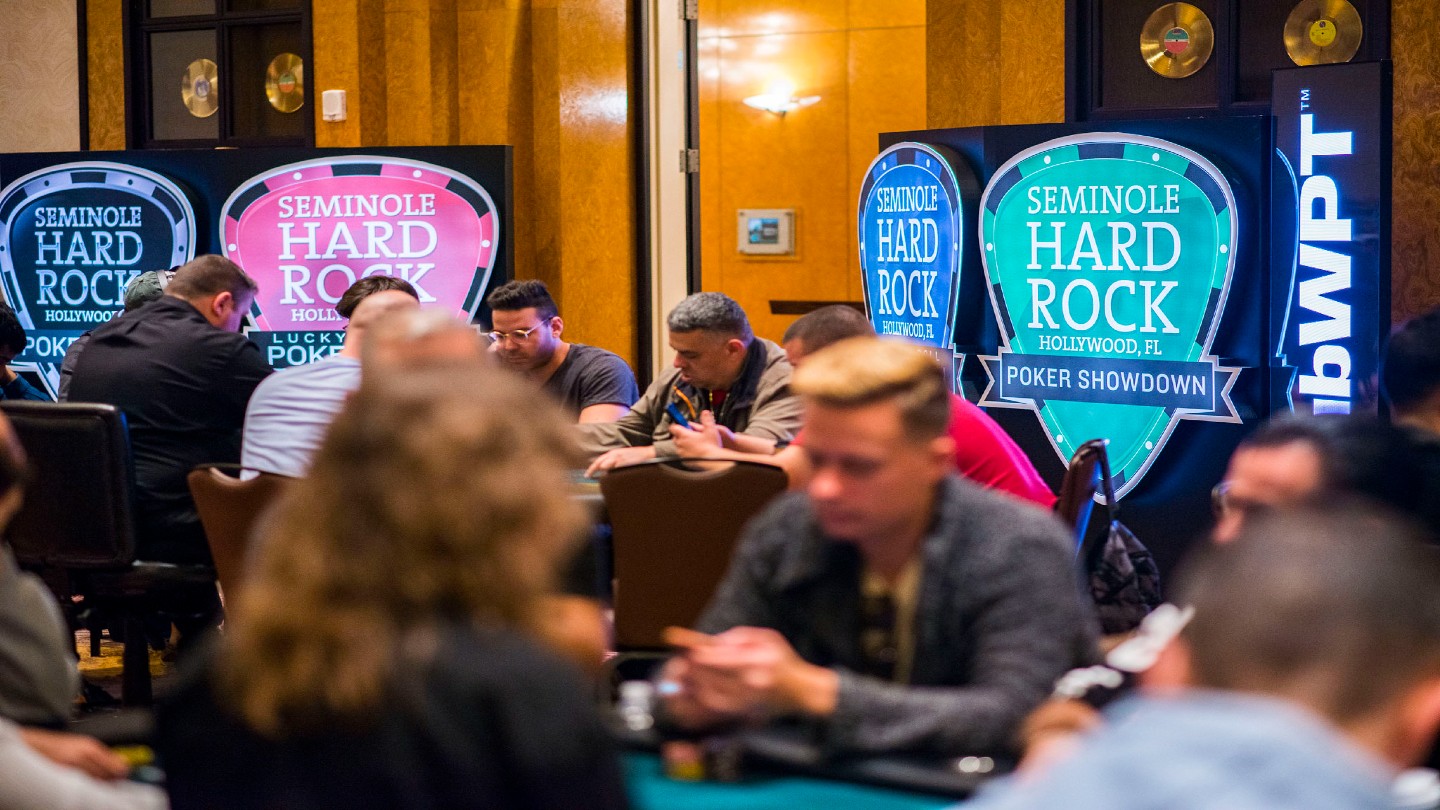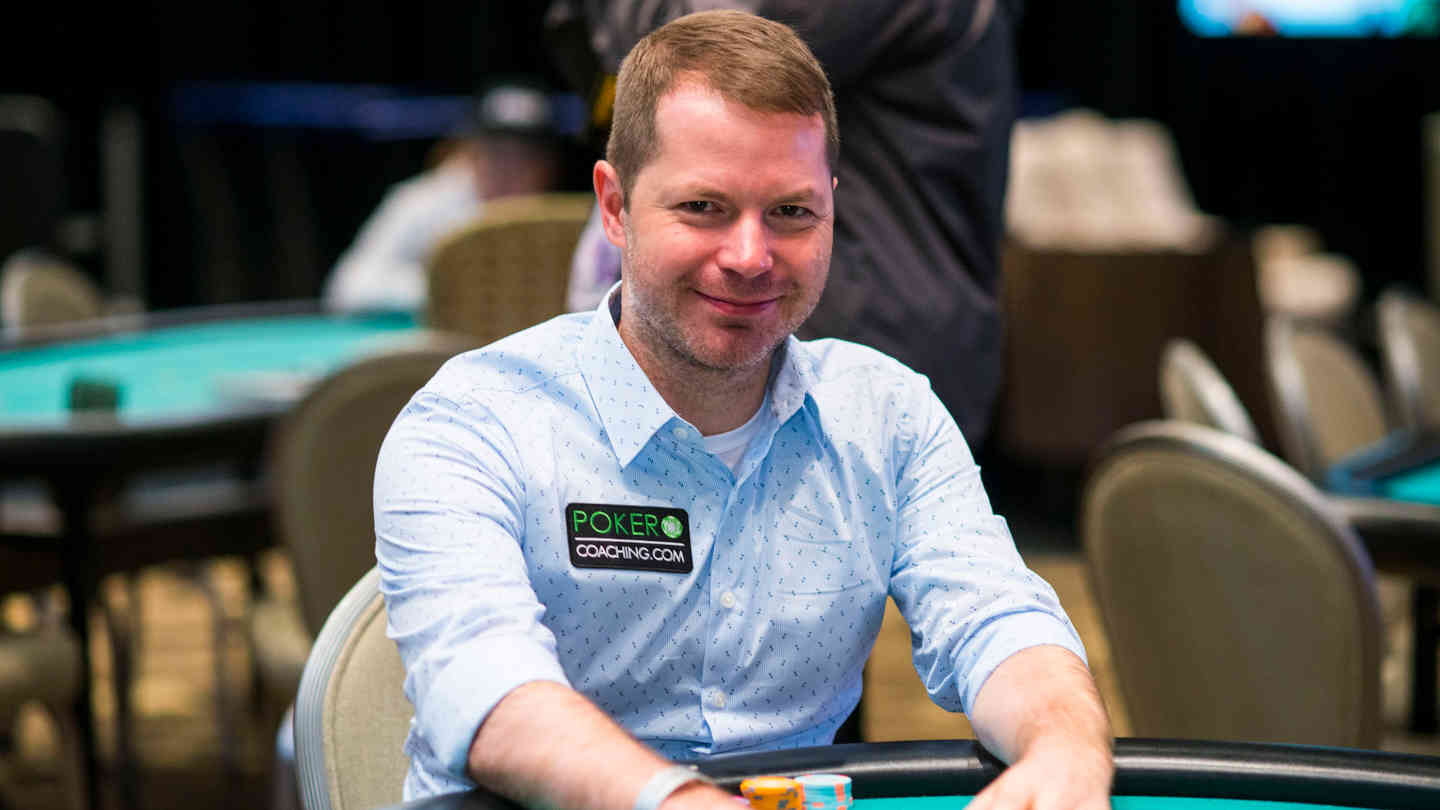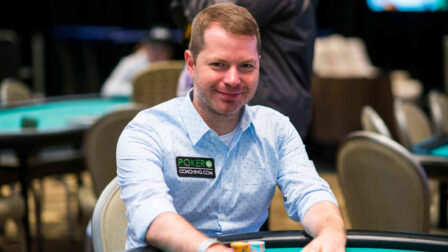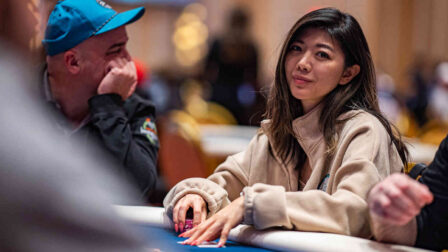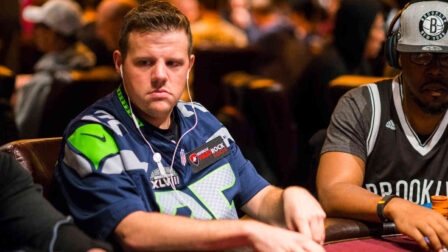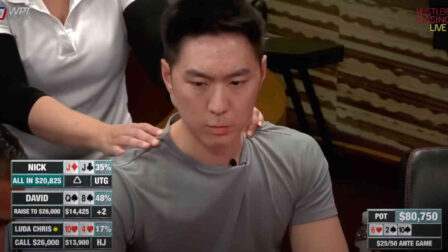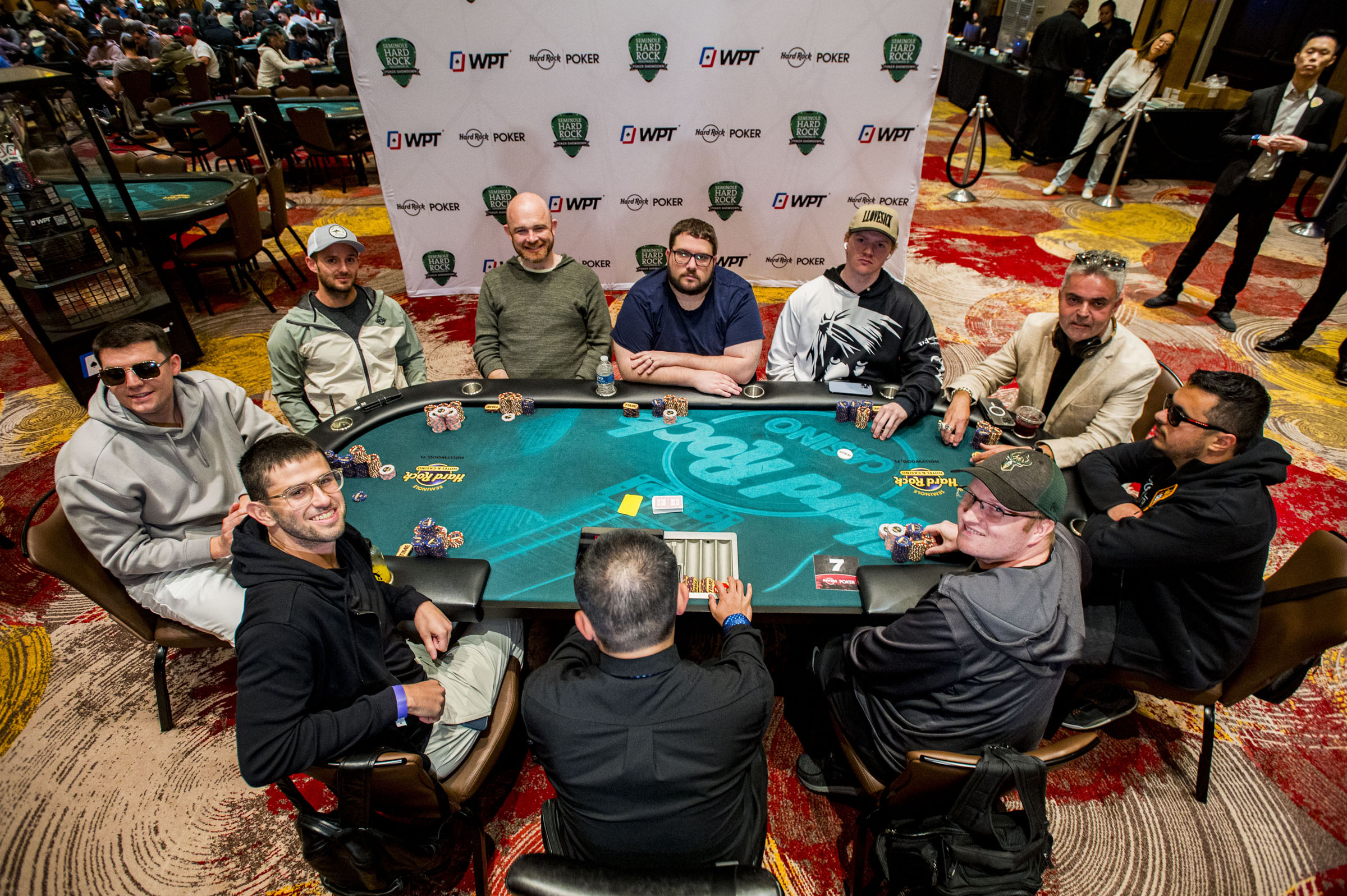How to Optimally Play Your Backdoor Draws in Poker – Top Tips from Upswing
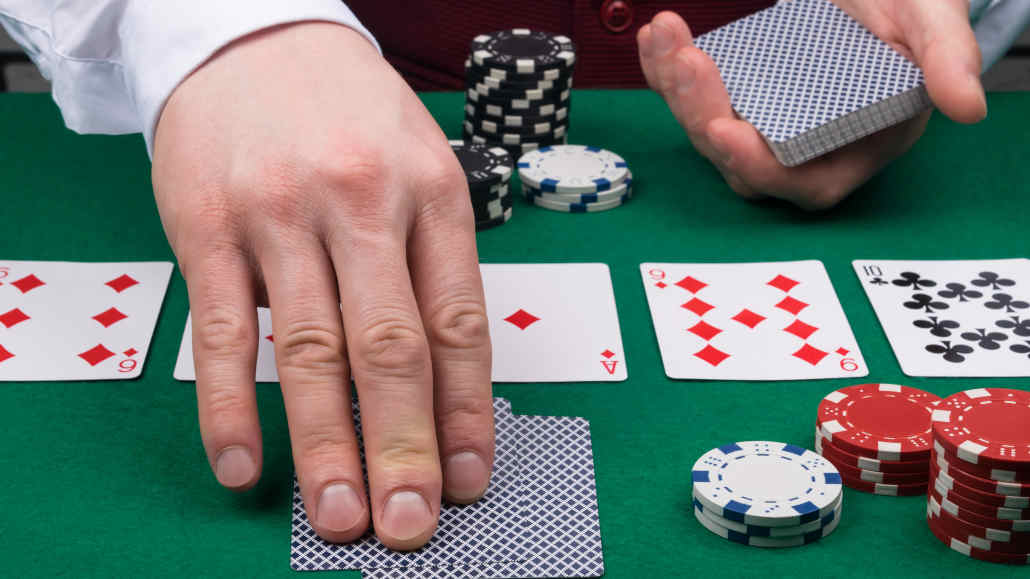
3 minutes
Last Updated: December 1, 2023
If you want to become the best poker player at the table, make sure to learn from the best and check upswingpoker.com
…
Backdoor draws are very important in a number of different ways, and you should always keep them in mind when constructing your hand ranges.
Their importance doesn’t stem just from the possibility of hitting a big hand. These hands give you more playability across streets, allowing you to reach the river more frequently and realize your equity.
In case you’re new to poker and don’t know all the terminology, a backdoor draw is the kind of hand that requires you to hit a “runner-runner,” i.e., connect on the turn and the river to make your hand.
For example, when you’re holding A♠5♠ on a flop reading 10♦6♠2♣, you have a backdoor flush draw, as if the turn and the river come spades, you’ll complete your flush.
So, with the definition out of the way, what strategies can you employ to play these hands optimally and for maximum value?
Betting Your Backdoor Draws Is Usually Profitable
If you have the betting initiative in a hand, you should probably continue with the aggression once you hit your backdoor flush draw on the flop.
This gives you an opportunity to win the hand on different turns. Sometimes, you’ll pick up the actual flush draw to allow you to keep betting.
At other times, the turn may come a different scare card that you can still use to put pressure on your opponent.
In the situation where you’re the one facing aggression, you should be more inclined to call if your hand contains a backdoor draw to go along your gutshot, for example.
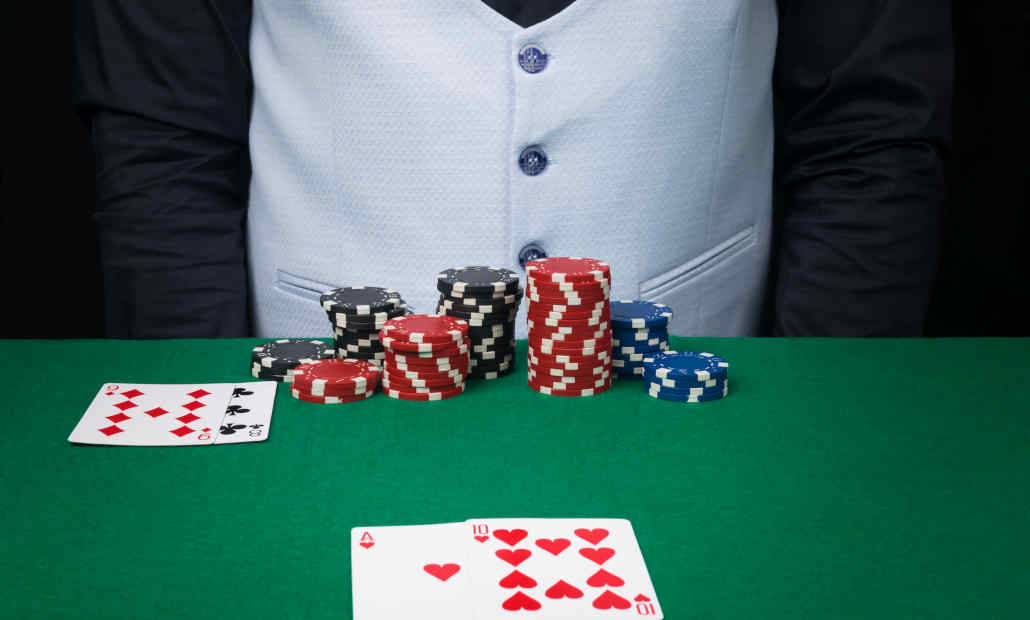
Let’s say you open from a button with 9♦7♦, the big blind calls, and the flop comes 2♣5♥6♦. You c-bet the flop and the big blind check-raises.
With a naked gutshot draw, your default play will be to fold. However, since you also have a backdoor diamond draw, you can call much more frequently.
Double Backdoors Can Be Powerful Bluffs
In some situations, you’ll end up flopping a double backdoor draw, i.e., your hand has the potential to turn into either straight or a flush by the river.
For example, you hold 5♠6♠ on a K♠7♥2♦ board. In addition to any spades for a flush draw, any four or any eighth on the turn will give you an open-ended straight draw.
Because of this, these hands can be used very effectively as check-raise bluffs in certain spots.
Of course, you should be careful to avoid doing it in situations where the board doesn’t favor your range (like all big cards when you’re defending from the big blind against a UTG open).
Backdoor Draws in Blind vs. Blind Situations
Hands containing a backdoor draw and an over-card to the flop can be quite powerful in blind vs. blind battles.
If you’re in a big blind and hold a hand like Q♦6♦ on a flop of 10♠8♥3♦, you can call off the small blind continuation bet almost 100% of the time, and see the turn.
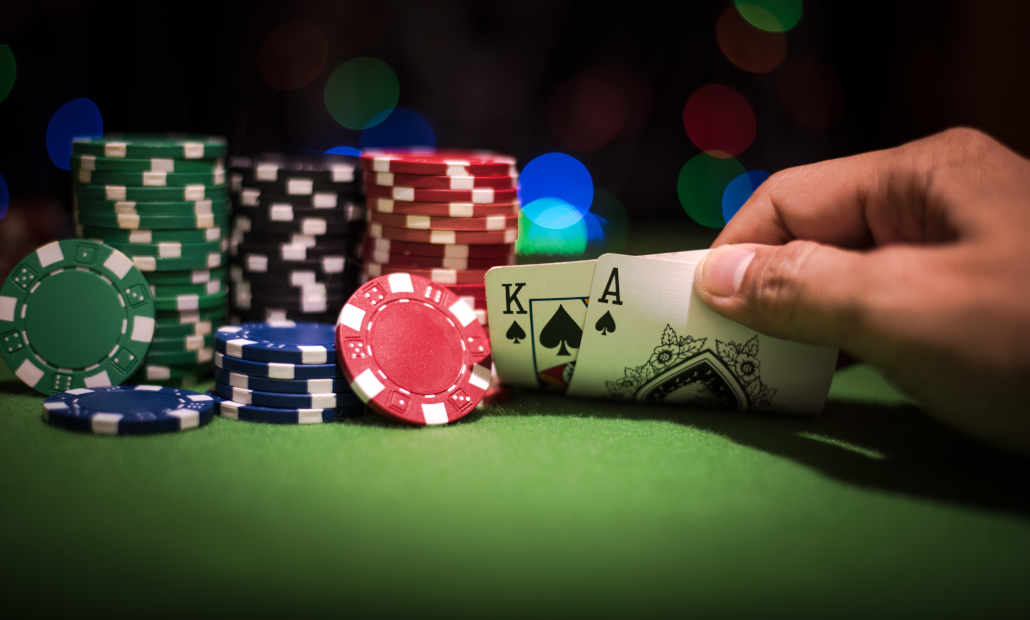
Even if you don’t hit any of the cards to help your actual hand, there’ll be many turns and rivers where you’ll be able to steal the pot when your opponent simply gives up.
As you can see, backdoor draws can be quite powerful in poker if you know how to use them correctly and make sure you don’t go crazy with them every time. As always, finding a good balance is key!
…
If you’d like to learn more about this topic and pick up some more useful tips for your games, definitely check out the Upswing Poker Lab.



